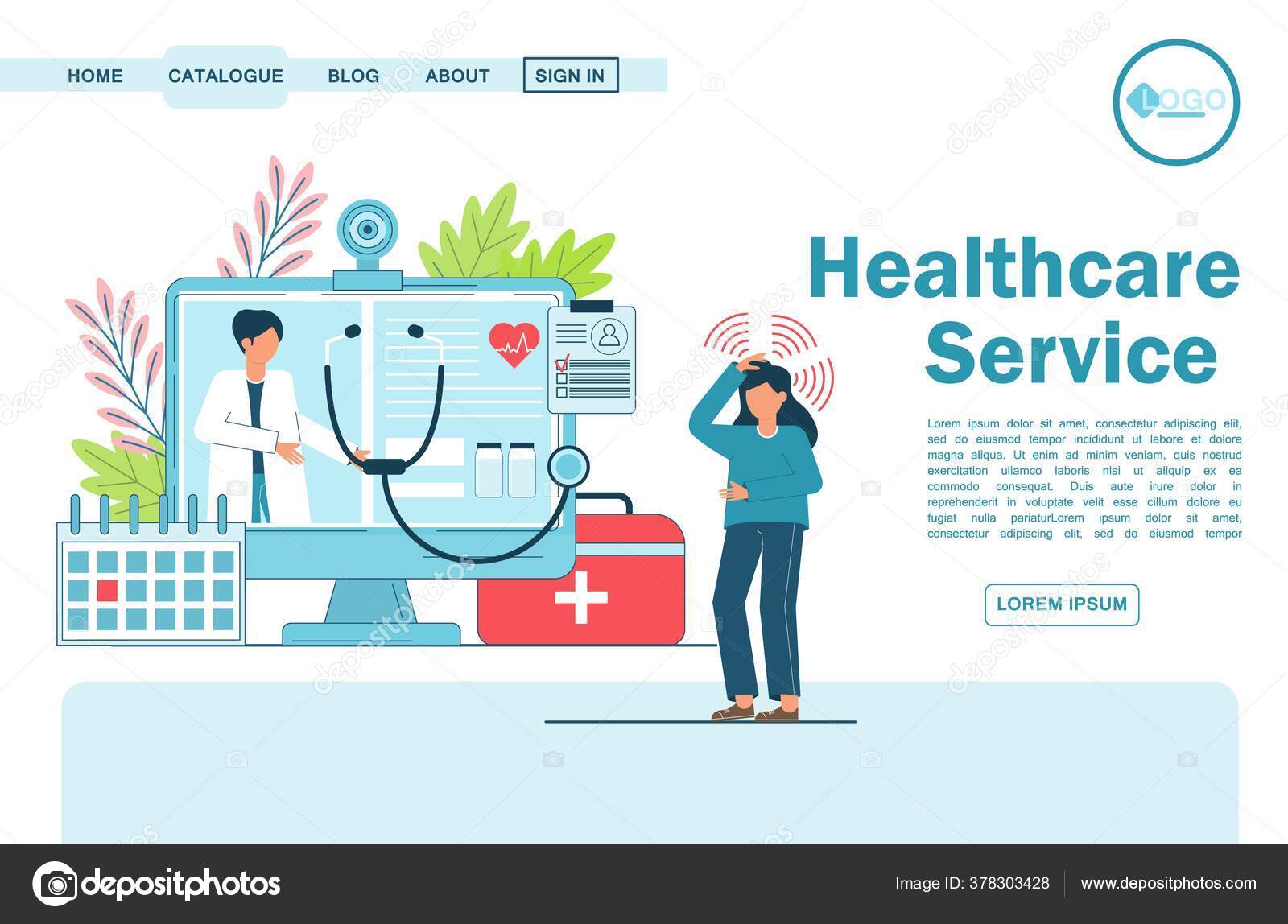Why Subscription Based Healthcare is Gaining Popularity Among Patients Today
Why Subscription Based Healthcare is Gaining Popularity Among Patients Today
Blog Article
Recognizing the Cost-Effectiveness of Subscription-Based Healthcare Designs
As the medical care landscape develops, subscription-based versions emerge as a compelling choice, promising to redefine exactly how people take care of medical costs. Reviewing these models' cost-effectiveness requires a nuanced contrast with traditional insurance coverage, taking into consideration both economic implications and client contentment. While they offer transparency and predictability in expenses, inquiries continue to be about their ability to satisfy varied medical care demands, specifically for specialized treatments. The perspectives of doctor better complicate this formula, presenting a multifaceted challenge. What does the future hold for these models, and can they really supply on their guarantee of available, budget-friendly treatment?
Overview of Subscription-Based Versions
Subscription-based medical care designs, in some cases referred to as straight health care or concierge medication, are significantly getting interest as a potential option to inefficiencies within typical medical care systems. These designs operate on the concept of offering individuals direct accessibility to health care companies through a month-to-month or yearly charge, bypassing the demand for standard insurance devices. This plan aims to enhance patient-provider interactions by lowering administrative burdens, which commonly impede prompt and customized treatment.
At the core of subscription-based designs is the focus on a much more tailored individual experience. Patients take advantage of boosted access to their medical professionals, frequently consisting of same-day or next-day visits, expanded assessment times, and straight communication channels such as phone or video clip calls. This design cultivates a proactive technique to medical care, where clients and carriers can collaboratively focus on preventative care and chronic condition monitoring.

Expense Contrast With Typical Insurance

One of the main financial benefits of registration designs is transparency in costs. Alternatively, standard insurance coverage may be more useful for people requiring specialized treatment or costly treatments not covered under a subscription version, as they benefit from the broader insurance coverage network and cost-sharing systems.
Nonetheless, cost-effectiveness is context-dependent. While subscription versions might supply cost savings for those largely needing health care, people with chronic problems or specialized healthcare requirements could find typical insurance a lot more comprehensive. Consequently, evaluating certain healthcare demands and possible usage is important in establishing the most economical alternative for individuals.
Effect On Client Contentment
Client complete satisfaction within subscription-based health care models often reflects a considerable renovation over standard insurance coverage systems. Unlike conventional systems, where clients might experience hold-ups in getting care, subscription-based models make certain even more prompt and direct communications with health care companies.
Furthermore, the openness in expenses connected with subscription-based medical care eases the typical aggravations connected to unforeseen fees and intricate invoicing procedures seen in standard insurance (subscription based healthcare). People appreciate recognizing the precise financial dedication upfront, leading to boosted count on and self-confidence in their healthcare monitoring
Additionally, the focus on preventive treatment and wellness in membership versions contributes to boosted health end results, further improving patient fulfillment. By concentrating on ongoing wellness maintenance rather than anecdotal treatment, clients experience an even more holistic and constant health care trip.
In addition, the enhanced provider-patient connection cultivated in these models, defined by even more time invested per person and customized interest, plays a critical role in elevating client contentment degrees, as patients feel really taken care of and recognized.
Provider Perspectives and Experiences
From the supplier's point of view, subscription-based medical care versions offer a transformative approach to delivering medical services. These models emphasize a preventative and positive health care method, enabling suppliers to concentrate on thorough person treatment without the restrictions of standard fee-for-service plans (subscription based healthcare). This change in focus typically leads to improved patient outcomes Read Full Article and increased provider satisfaction, as medical care specialists can designate even more time and sources to client involvement and individualized care plans
Additionally, subscription versions help with foreseeable revenue streams, which improve monetary security for doctor. This predictability enables for enhanced resource preparation and allotment, adding to an extra effective healthcare distribution system. Suppliers can invest in staff training, infrastructure, and modern technology renovations, consequently enhancing the high quality of care used.
However, the shift to subscription-based designs is not without obstacles. Regardless of these hurdles, numerous suppliers locate that the advantages of increased patient interaction and streamlined operations exceed the preliminary difficulties, making subscription-based designs an eye-catching alternative.
Future Leads and Obstacles

A main challenge is governing compliance, as subscription versions need to comply with evolving medical care policies and insurance needs. This requires continuous adjustment and development to ensure placement with lawful criteria. Additionally, incorporating these versions right into existing medical care facilities can be intricate, needing substantial financial investments in technology and training.
There is additionally the prospective threat of producing injustices visit the website in health care accessibility, as membership versions may prefer those who can manage them, leaving vulnerable populaces underserved. Addressing this needs thoughtful factor to consider of pricing approaches and subsidy systems to ensure inclusivity.
Final Thought
Subscription-based healthcare designs offer a practical option to traditional insurance coverage by supplying financial predictability and openness, specifically benefiting individuals with persistent problems or frequent health care demands. The cost-effectiveness of these versions is contingent upon private medical care use patterns and circumstances. While they may improve person complete satisfaction and enhance budgeting, obstacles continue to be in dealing with specialized care requirements. Future factors to consider include balancing extensive protection with cost and incorporating these versions within the more comprehensive healthcare system for optimal results.
Subscription-based medical care versions, often referred to as straight main care or concierge medicine, are increasingly obtaining focus as a possible option to ineffectiveness within conventional healthcare systems. Unlike traditional systems, where patients could experience hold-ups in getting care, subscription-based models make certain even more prompt and direct interactions with medical care providers.
These versions highlight a proactive and preventative medical care method, allowing providers to concentrate on extensive patient treatment without the restrictions of traditional fee-for-service setups. As these designs proceed to get traction, they supply the prospective to revolutionize person access to care, simplify service distribution, and enhance healthcare costs.Subscription-based healthcare designs present a feasible alternative to typical insurance by supplying financial predictability and openness, particularly profiting individuals with chronic problems or frequent health care needs.
Report this page